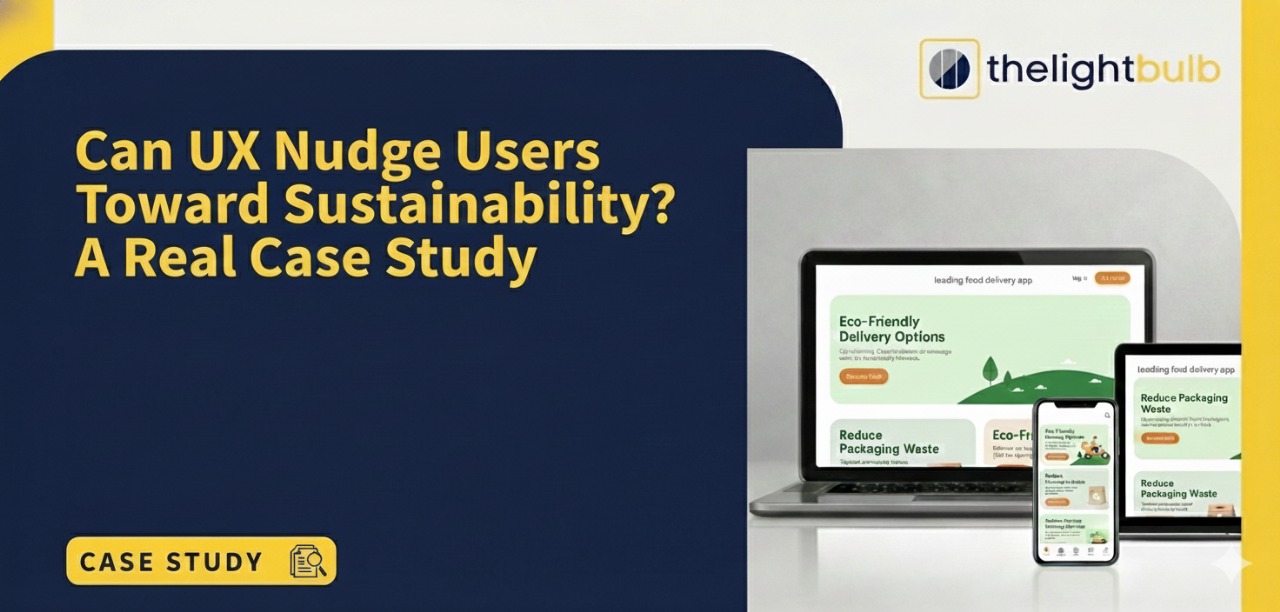How to Choose the Right Sales Enablement Platform for Your Business?
A Sales Enablement platform is supposed to make the sales process more efficient. A business invests in sales enablement with the sole objective of selling more. However, picking the wrong sales enablement platform could have the opposite effect. A platform that isn’t easy to use, manage, or integrate can make the overall sales process more complicated and hence less efficient.
That’s why it’s pivotal to compare sales enablement platforms on the right metrics and ask the right questions before you make the final decision. There is no one-size-fits-all solution out there, and one must be extra cautious to ensure 100% utility of the platform and to actually have an enhanced sales output.
Our objective with this blog is to make the choice easier by introducing you to the exact metrics one should use and the questions one should ask before the decision can be made.
Some important sales enablement statistics
- The sales enablement industry is believed to have a value of around 2.4 billion dollars.
- Experts foresee the industry expanding to reach a value of $11 billion by the year 2032
- Companies that utilize sales enablement experience a 49% success rate in closing projected deals, in contrast to 42.5% for those that do not employ it.42% of sales reps feel they don’t have enough information before making a call.
- Sales enablement has a significant impact on sales outcomes; a majority of businesses (76%) indicate an increase in revenue ranging from 6% to 20%.
Pivotal Metrics to Consider Before Comparing Sales Enablement Platform
Every business sells a different product at a different price and hence the peripheral structure of the sales funnel is also fundamentally different. Businesses with a high-ticket size struggle at the top of the sales funnel, while those with competitively lower ticket sizes usually struggle around the middle.
That’s why businesses should make comparisons based on intelligent metrics that shed light on these challenges and offer a holistic review of the solution. Listed below are the central metrics businesses should rely on when comparing sales enablement platforms.
- The length, type, and complexity of the sales cycle
- Type, size, and nature of the sales content
- Probable training/upskilling frequency
- Size of the sales team
- Your budget
Once you define the following metrics and have measurable statistics on each metric, your requirements will be more apparent. In simpler terms, you’ll know exactly what you’re looking for in a sales enablement platform.
5 Questions to Ask Before Choosing a Sales Enablement Platform
At this point, you’re aware of what you’re looking for. All that’s left is to ask the right questions based on the previously mentioned metrics and pick the most favourable sales enablement platform based on the answers. Mentioned below are 5 key questions one should ask before picking a sales enablement platform:
1. Is it Easy to use?
A sales enablement platform could have the latest functionalities and the most powerful tools in its repository, but if the user interface is complex, it will all be for nought. A great sales enablement platform has an intuitive user interface that makes it less intimidating for new users, thereby facilitating the shift from other platforms. An underutilised sales enablement platform is a liability. If you’re preparing to get one, ensure that the likelihood of its adoption is high.
Implementing a sales enablement platform doesn’t mean setting it up and integrating it with the existing tech stack; it also involves getting people to use it and getting the most out of it. And the biggest hurdle to achieving this is a bad user interface. If completing a certain task with the platform requires more effort than without it, the platform isn’t much help.
2. How easy is it to integrate with the existing tools?
Most sales meetings have shifted to virtual platforms post-pandemic and for good reason, it saves time and money for both buyers and sellers. This holds immense importance because modern sales representatives now heavily rely on a diverse array of tools and software to support their sales endeavors.
Some examples of tools and software used by sales reps:
- CRM Systems: Often referred to as the heart of a company’s revenue system, CRM software offers pivotal insights about sales opportunities. See if a CRM integrates well with these systems and offers tailored content at every stage based on insights from the CRM.
- E-Mail: Emails are like the news bulletin for sales reps. Executives use emails to set up meetings, reach out to prospects and update interested parties at every stage of the sales process. A good sales enablement platform that uses AI to screen emails and filters out relevant details based on priority is great help.
- Messaging Apps: Messaging apps like Microsoft Teams and Slack are common in modern workplaces and are often used by sales reps to coordinate within the team. If a sales enablement platform can seamlessly integrate with the messaging app and consolidate sales messaging there, it would make things simpler for sales reps.
3. Is the tool easy to set up and manage?
Setting up a sales enablement platform is not an easy chore. One must integrate it with the current tech stack and import relevant documentation and resources into the platform. The following metrics should be considered when choosing a sales enablement platform:
- Is the new platform compatible with the existing content management platform? If the answer is no, then the overall process of migrating existing content onto the platform becomes complicated.
- Does the sales enablement platform support auto-tagging for content segmentation? If the platform doesn’t segregate content and organise it based on tags, the content repository will be a mess.
- Does the sales enablement program have a programmable rule matrix? A programmable rule matrix allows the admin to set if-else cases for content distribution and training sales reps.
4. Does it boost interdepartmental synergy?
Sales reps work in close synergy with marketing teams to solidify their efforts and make transactions happen. Marketing teams create new content or update existing content based on the efforts of the sales team and the insights from sales meetings. As organisations grow and sales efforts intensify, coordination between departments becomes difficult.
A sales enablement platform should facilitate synergy between the different departments of an organisation. One should consider the following metrics to ensure positive synergy from a sales enablement platform:
- In an efficient sales environment, enablement tools play a pivotal role in facilitating sellers to make content requests, including updates or new material. Moreover, marketers should have a smooth channel to convey their ongoing priorities and turnaround expectations. Such an approach fosters better alignment and prioritisation of content requests across the sales team, optimising their collective efforts.
- Marketers need to grasp how their content is utilised by reps during the buyer’s journey. They should access insights into how prospects engage with their content. These valuable insights enable marketers to create captivating and effective content confidently.
5. Will your sales reps actually use the software?
Your team dedicates weeks to create folders, tag hierarchies, and manual rules. You also train your reps on finding and sharing content from the sales library. Nevertheless, even after the launch of the sales content library, it becomes evident that salespeople continue to depend on obsolete sales materials. To compound the issue, representatives only access the sales library to download content onto their individual devices.
Ensuring a smooth workflow, the sales enablement tool delivers the content reps need within the tools they use, such as email, calendar, CRM, or messaging software.
You gain valuable insights into content usage, understanding what your reps share across deals and what they struggle to find.
In pursuit of better buyer engagement, sellers grasp how prospects interact with their content, helping them tailor buyer interactions effectively.
You encourage feedback from reps on the effectiveness of sales collateral, allowing them to comment on and rate different content assets using the enablement tool.
To optimise content creation, you track the custom content your reps create for different deals, enabling you to generate new content and avoid redundant efforts.
Why VM Pro is the Perfect Sales Enablement Software
The existing sales enablement products in the market assist sales reps throughout the sales cycle by actively managing resources and incorporating client feedback. VM Pro, however, goes the extra mile by leveraging emotion AI to enhance the overall effectiveness and utility of sales enablement in a more nuanced and sophisticated manner.
Virtual Meeting Pro is a flagship product from thelightbulb.ai, an advanced sales enablement tool that employs full-stack emotion AI (a subsection of AI-ML that can understand human emotions) to make sales easier and more efficient. It is one of its kind video-first emotion-sensing virtual assistant for B2B SaaS sales teams, that automatically joins remote sales meetings to offer invaluable emotional insights.
Sales reps can use these insights to identify the exact words, phrases, or pointers their prospects react to and double down on these areas to increase the likelihood of a sale. In simpler words, VM Pro does everything a regular sales enablement platform does and then it does more.
You can book a product demo right now to see how VM Pro works. Also, you can reach out to us on (Insert Mail) with your queries, we would love to accommodate all your questions.












